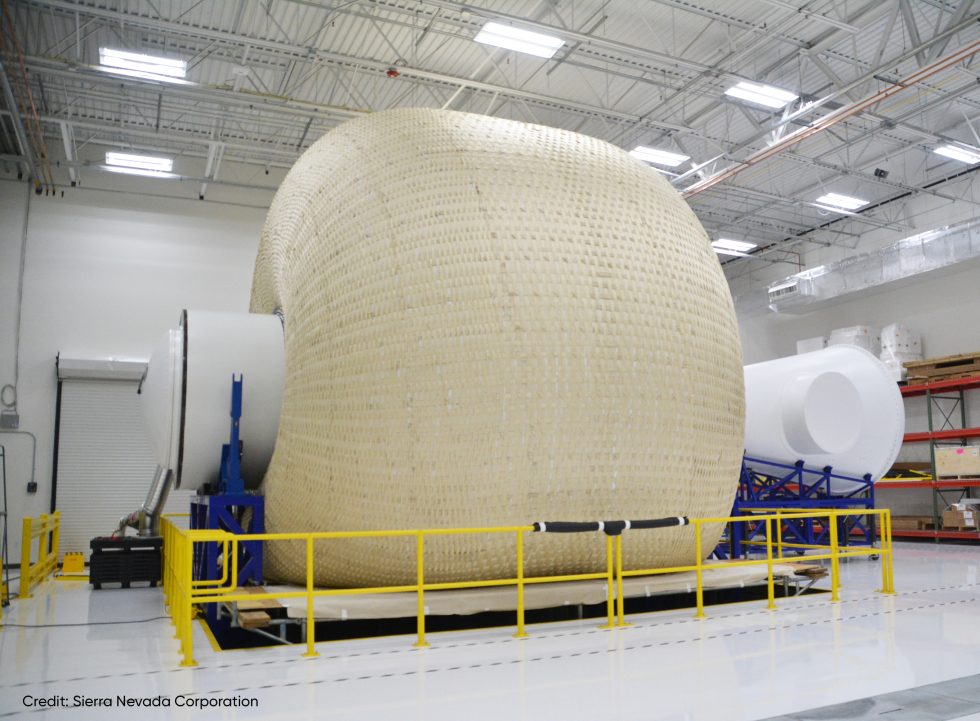One could fly to Mars in this spacious habitat and not go crazy
Ars Technica » Scientific Method 2019-08-21
-

Under a NASA contract, Sierra Nevada has built a prototype habitat module for the Lunar Gateway. [credit: Sierra Nevada Corp. ]
On Wednesday, Sierra Nevada Corporation—the company that makes aerospace equipment, not beer—showed off its proposed in-space habitat for the first time. The inflatable habitat is, first and foremost, large. It measures more than 8 meters long, and with a diameter of 8 meters has an internal volume of 300 cubic meters, which is about one-third the size of the International Space Station.
Sierra Nevada developed this full-scale prototype under a NASA program that funded several companies to develop habitats that could be used for a space station in orbit around the Moon, as well as potentially serving as living quarters for a long-duration transit to and from Mars. As part of the program, NASA astronauts have, or will, spend three days living in and evaluating the prototypes built by Sierra Nevada, Boeing, Lockheed Martin, Northrop Grumman, and Bigelow Aerospace.
The selling point for Sierra Nevada's habitat is its size, which is possible because the multi-layered fabric material can be compressed for launch, then expanded and outfitted as a habitat once in space. It can fit within a standard payload fairing used for launch vehicles such as SpaceX's Falcon Heavy rocket, United Launch Alliance's Vulcan booster, or NASA's Space Launch System. It is light enough for any of those rockets to launch to the Moon.